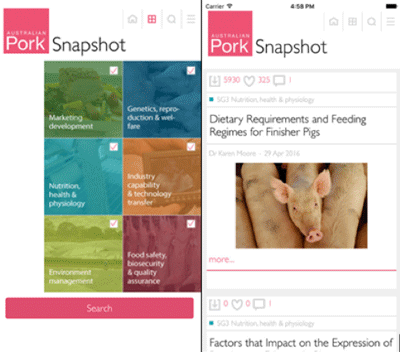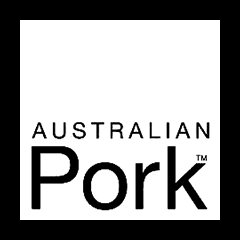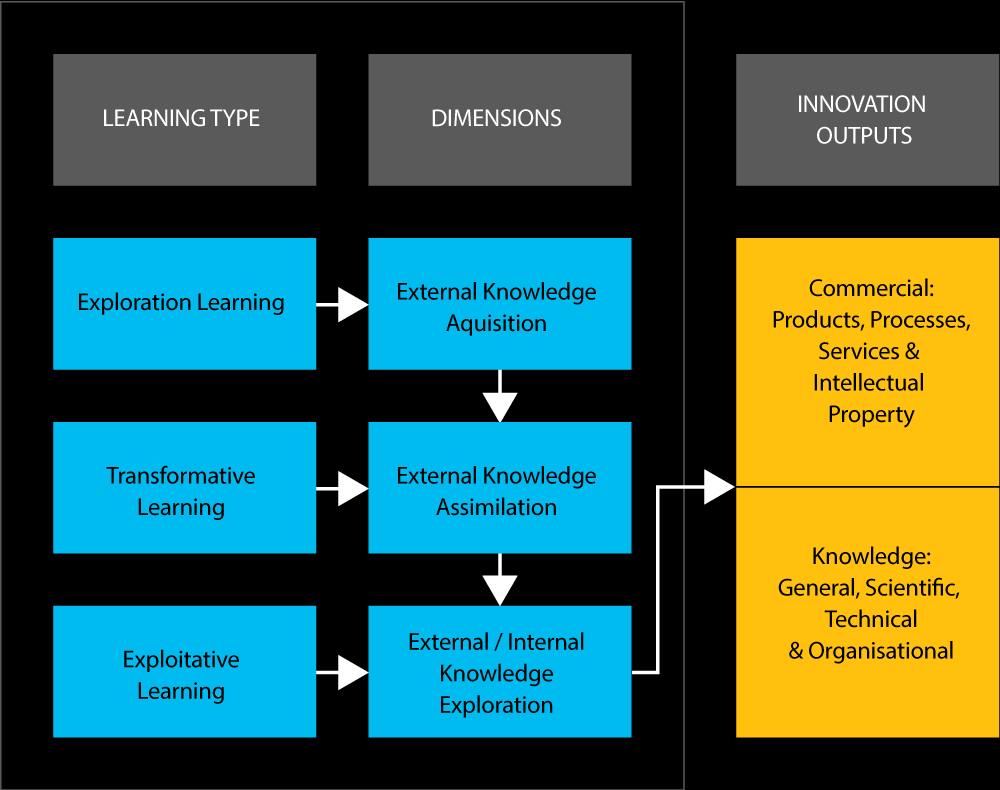Unleashing the full potential of a world first automated meat processing technology
In partnership with MLA and JBS, SCOTT Technologies developed an innovative world first lamb middle cutting system that failed to catch fire within the industry. The new automated solution offers a proposed yield improvement of 60 grams per carcase and an increased throughput of 4%, which could not convince sceptical processing plants worried about how the new tech would integrate with their existing setup. To gain a more in-depth understanding, Greenleaf broke the issue down to its core components, and using complex financial modelling, tested the technology’s ability to the meet the proposed return. Greenleaf discovered unutilised capabilities that amplified the technology’s true potential, and in turn, its value proposition. The proposed throughput increased by an impressive 15%, instead of only 4%, and increased the projected return on investment by a compelling 30%. With the detection of the automation tech’s hidden value, and expertly researched cost-benefit analysis, Greenleaf created an atmosphere around the tech that ensures its success.







